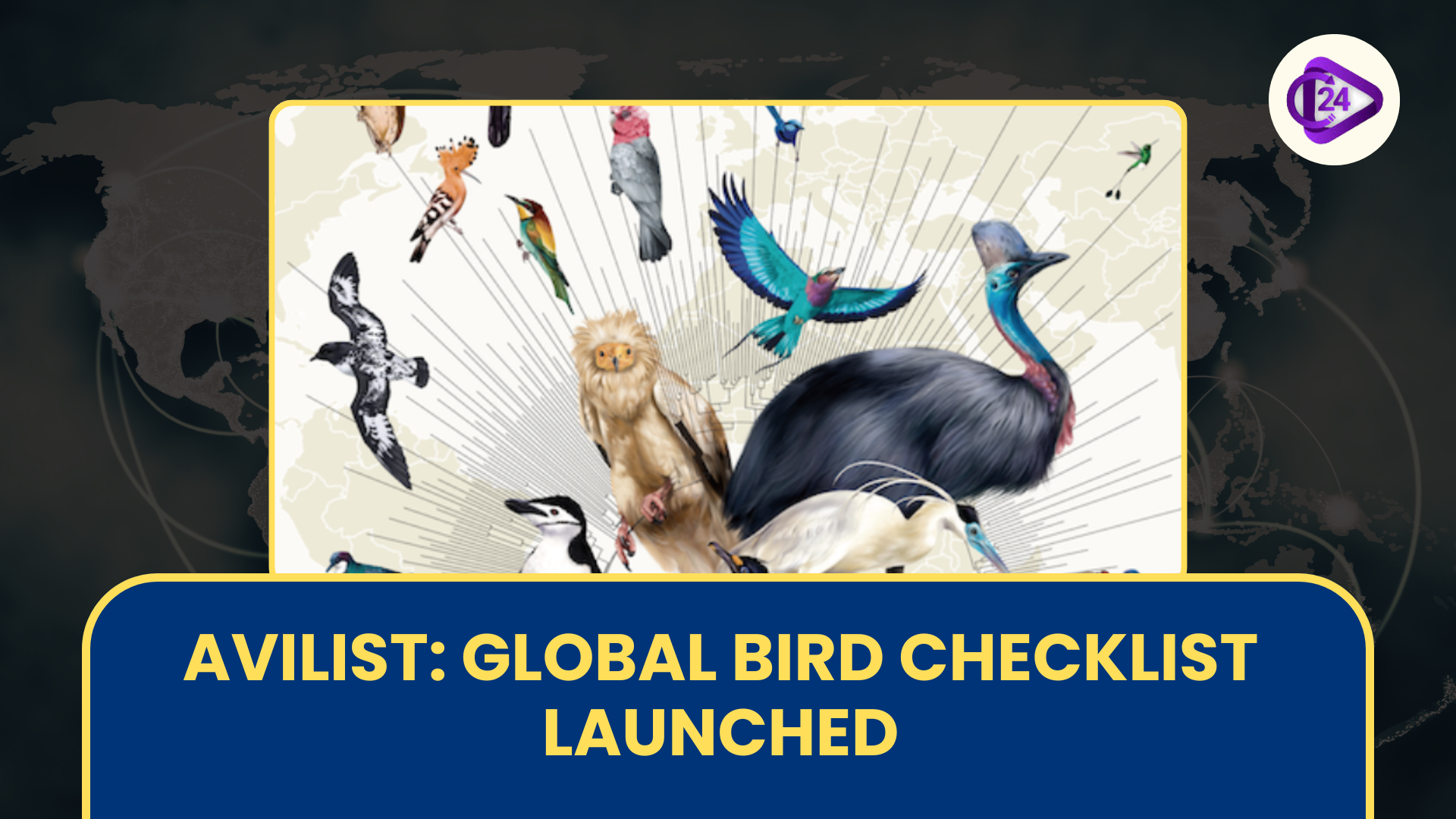
Between 2020 and 2025, there was a big increase in the youngest lions in India, going from 666 to 891. Adult female numbers, an important sign of population increase, increased by 27%, ending up at 330. Despite mainly living in Gir National Park and Paniya Wildlife Sanctuary, lions are now often seen in areas dominated by humans. It points out that more human-wildlife encounters are taking place and that the establishment of additional lion habitats is urgently needed. To help this continue, Project Lion is being used by the government to enhance existing natural habitats and construct new ones.
Summary:
-
The number of lions in India has increased by 32% in only five years, with many now living outside the parks in Gujarat.
-
Project Lion seeks to improve habitats and find a way for humans to live well with lions.
Key Points
-
Population Growth:
-
Their numbers went from 675 in 2020 to 891 in 2025.
-
Adult female lions have grown by 27% and now total 330.
-
-
Territorial Expansion:
-
Between 2015 and 2020, lion habitat was 30,000 sq. km and by 2025, it reached 35,000 sq. km.
-
More lions live outside the main protected areas than they do inside.
-
-
Technologies used
-
The region under study covered 35,000 square kilometers across 58 talukas in 11 districts.
-
Instruments used were camera traps, high-resolution cameras, radio collars and beats were confirmed through observation.
-
-
Geographic Spread:
-
In Gujarat, most lions are located in and around Gir National Park.
-
-
Census Frequency:
-
Lion numbers are checked every five years.
-
-
Human-Lion Conflict:
-
Development close to human areas has led to more conflicts.
-
Livestock loss is compensated so that people in the community accept the concept.
-
-
Conservation Efforts:
-
The state is an example of how lions can be conserved, though new habitats are needed to reduce clashes between humans and lions.
-
At present, officials are reviewing the opportunity to move lions to Kuno National Park in Madhya Pradesh.
-
Project Lion has been given a budget of ₹2,900 crore to expand and better protect lion habitats.
-
About Asiatic Lions
-
Asiatic Lion in India:
-
Subspecies: Panthera leo leo is a smaller version of the African lion.
-
Uncommon feature: A fleshy fold of skin along the belly of African lions.
-
During ancient times, they were found in West Asia and the Middle East, but today they only survive in India.
-
-
Distribution:
-
Recorded in West Bengal in eastern India and Rewa in central India (Madhya Pradesh) in the past years.
-
At this time, the species is found solely in Gir National Park and Wildlife Sanctuary in Gujarat.
-
-
Threats:
-
Exposure to problems related to natural disasters and diseases.
-
Local people kill wild animals to retaliate for attacks on their livestock.
-
-
Protection Status:
-
IUCN Red List: Endangered.
-
CITES: Appendix I (strict trade protection).
-
Wildlife (Protection) Act 1972: Schedule I (highest protection in India).
-
-
Conservation Efforts:
-
The MoEFCC launched the Asiatic Lion Conservation Project from 2018–2021.
-
Active in scientific management, controlling diseases, caring for animals and supporting the community.
-
Joint efforts from several fields to promote a balanced human population and the safety of ecosystems.
-
Conclusion:
Nearly extinct decades back, lions now live and hunt farther afield which points to successful conservation, but it also brings up issues with sharing nature with humans. Making new lion habitats and finding ways to prevent conflicts will be necessary to help lions remain alive for the future.



 Kaziranga in Assam Records Third-Highest Tiger Density in India
Kaziranga in Assam Records Third-Highest Tiger Density in India World Mangrove Day celebrated on 26th July
World Mangrove Day celebrated on 26th July Union Minister Inaugurates C-FLOOD: India’s Unified Inundation Forecasting System
Union Minister Inaugurates C-FLOOD: India’s Unified Inundation Forecasting System Indian-Made Chemotherapy Drugs Fail Quality Tests Globally
Indian-Made Chemotherapy Drugs Fail Quality Tests Globally Government to Launch ‘NAVYA’ Pilot Initiative for Skilling Adolescent Girls Under Viksit Bharat@2047
Government to Launch ‘NAVYA’ Pilot Initiative for Skilling Adolescent Girls Under Viksit Bharat@2047 AviList: The First-Ever Unified Global Bird Species Checklist Launched
AviList: The First-Ever Unified Global Bird Species Checklist Launched New Jumping Spider Species Discovered in Southern India
New Jumping Spider Species Discovered in Southern India World Environment Day 2025: “Beat Plastic Pollution”
World Environment Day 2025: “Beat Plastic Pollution” PM Modi to Launch Aravali Green Wall Project 2025
PM Modi to Launch Aravali Green Wall Project 2025 UN Warns 70% Chance of Breaching 1.5°C Global Warming by 2029
UN Warns 70% Chance of Breaching 1.5°C Global Warming by 2029






